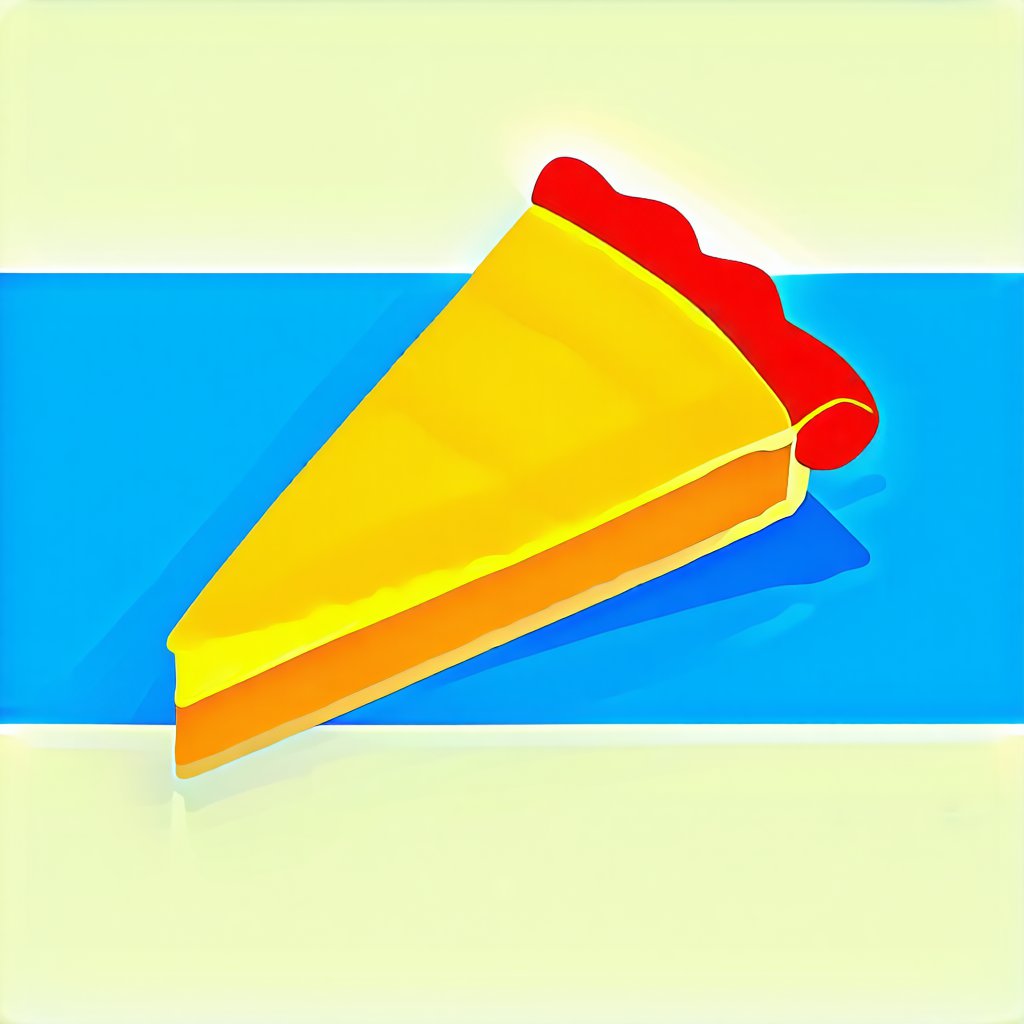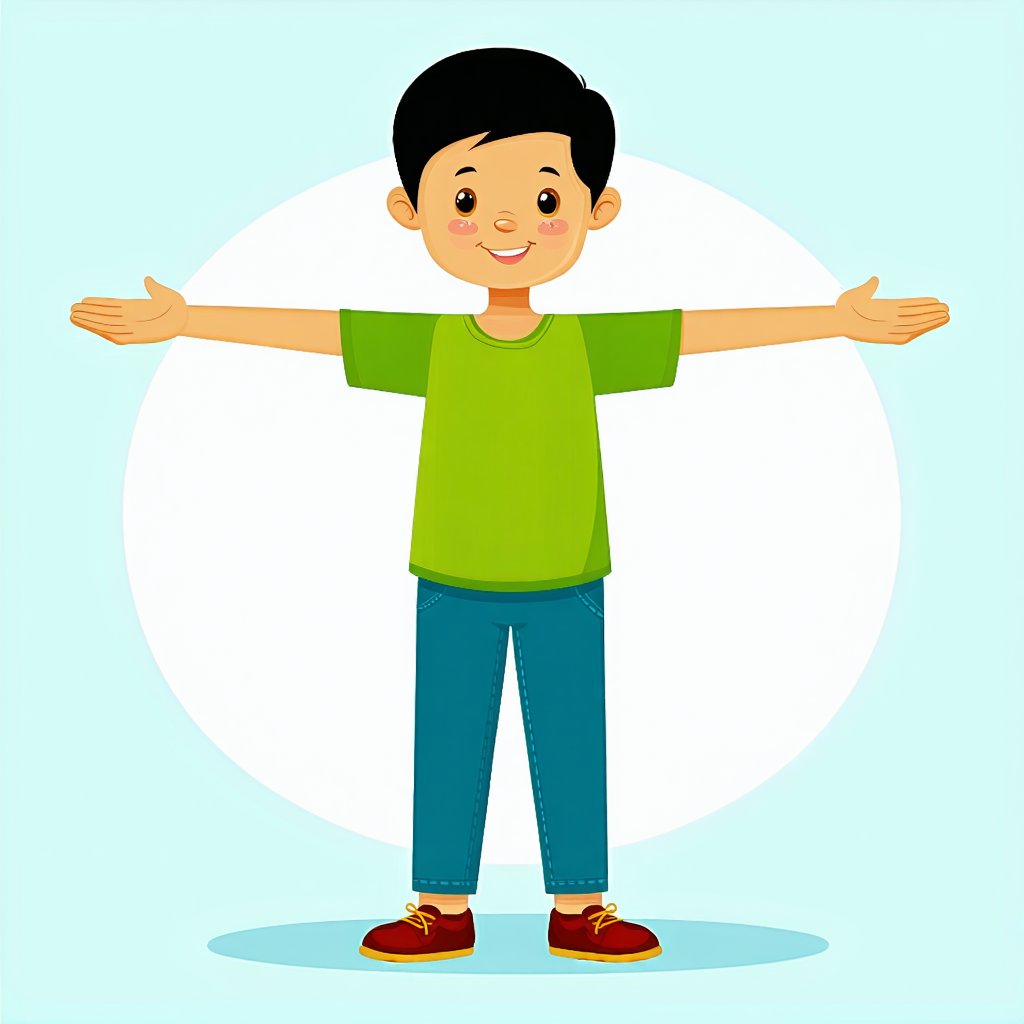angle
An angle is like when you open a book. The pages spread apart and the space between them forms an angle. If you open the book just a little, the angle is small. If you open it wide, the angle is big. Angles help us understand how things turn or rotate. Think of an angle as a slice of pizza. The pointy end of the slice is where the angle starts, and the crust is the open part. If you have a tiny slice, the angle is small. If the slice is huge, the angle is big. Angles tell us how much of a turn or corner we have.
Think of an angle as a slice of pizza. The pointy end of the slice is where the angle starts, and the crust is the open part. If you have a tiny slice, the angle is small. If the slice is huge, the angle is big. Angles tell us how much of a turn or corner we have. Imagine two pencils meeting at a point. The pencils can be close together or far apart, creating different angles. If the pencils are almost on top of each other, that’s a small angle. If they are spread out, it’s a big angle. Angles help us see how much space is between the pencils.
Imagine two pencils meeting at a point. The pencils can be close together or far apart, creating different angles. If the pencils are almost on top of each other, that’s a small angle. If they are spread out, it’s a big angle. Angles help us see how much space is between the pencils. In a clock, the hands create angles as they move. When the hands are on top of each other, the angle is small. When they point in opposite directions, the angle is big. Angles help us tell time and see how far apart things are.
In a clock, the hands create angles as they move. When the hands are on top of each other, the angle is small. When they point in opposite directions, the angle is big. Angles help us tell time and see how far apart things are.